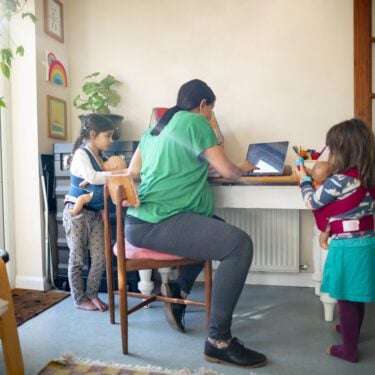
09/12/11
2 min read
UK foundations give an estimated £292 million to international development each year, equal to half the amount spent by DFID through international development NGOs.
The total spent by foundations on international development represents 9% of spending of all UK foundations and 13% of the total spent by those who fund international development.
Approximately ninety UK foundations give over £50,000 each year to international development and related causes.
The region attracting the highest number of foundation funders is Africa (37%), in particular East Africa, followed by Asia (23%).
Direct health care and formal education attract the highest number of foundation funders (12% each), with sustainable economic/agricultural development and investment receiving 10%, followed by utilities (including water) and infrastructure (9%).
These findings are from Global grant-making, which provides an up-to-date picture of the scale of UK foundation resources devoted to international development. It also identifies how these resources are distributed across region and need, and how foundations approach international funding activities. It was commissioned jointly by the Nuffield Foundation, The Baring Foundation and Paul Hamlyn Foundation, and undertaken by Cathy Pharoah from the ESRC Centre for Charitable Giving and Philanthropy (CGAP) at Cass Business School.
The report also identifies a number of emerging trends in foundations’ motivation and approach in international development and related areas.
- A growing involvement which reflects foundations different motivations and interests.
- A spending focus on similar areas to government and other official international development funding such as investing in health, education, and sustainable development, particularly in Africa.
- Responsiveness to emerging needs in international development by establishing new programmes and strategically reviewing and re-focussing existing programmes.
- Maintaining a highly independent and diverse pattern of international funding, tackling areas which become neglected or marginalised.
- Increasingly tackling international development at both strategic and grassroots levels, and working with multiple stakeholders and partners where this is the best way of achieving impact.
- Targeting their relatively limited resources at the level of civil society where they can have most impact.
- Providing sustained support for existing strengths in developing countries, as well as sustainable forms of support for new ones.

























































